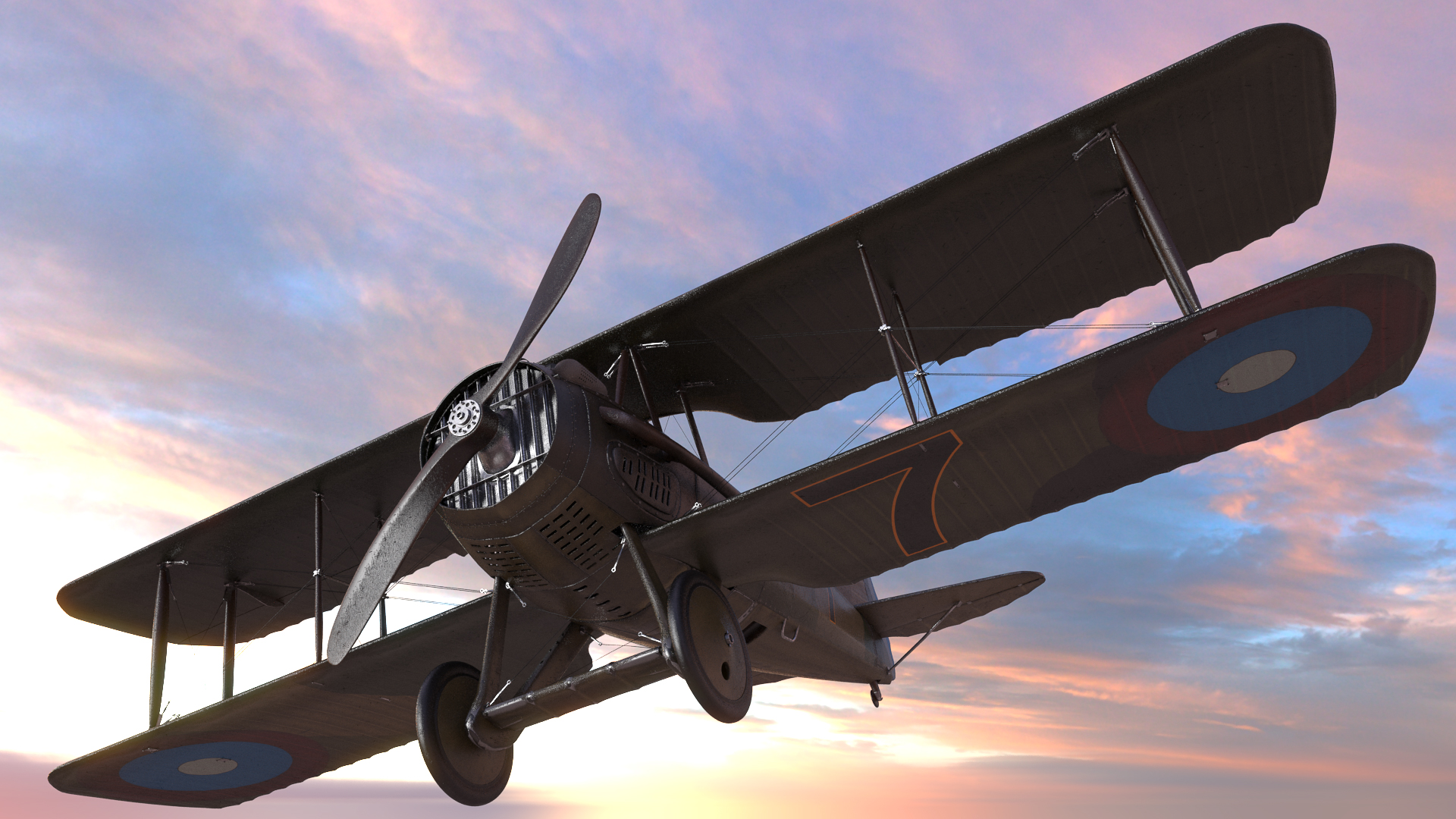Hobart “Hobey” Baker was the first American inducted into the Hockey Hall of Fame, and his death was among the last recorded in connection with World War I. Born in Philadelphia, Hobey Baker achieved soaring success in ice hockey and football at Princeton University. His athletic prowess was matched only by his passion for aviation, positioning him a celebrated figure in both realms. Hobey Baker met his tragic end in December 1918 resulting from a failed test flight at an airfield in Toul, France. It was his final flight that etched Hobey Baker’s name into the annals of aviation history, forever immortalizing him as a hero of the skies at the young age of 26.
DJS Associates was enlisted to recreate Hobey Baker’s final flight, thus reconstructing an important moment in aviation history. With limited data available, piecing together the events leading up to the crash was a compelling and challenging endeavor that required meticulous research and engineering expertise.
Understanding the Circumstances of the Crash
Recreating a historical event of this magnitude comes with its fair share of challenges. Conflicting witness accounts, missing data, and the passage of time posed obstacles in the quest to accurately reconstruct Hobey Baker’s flight. The limited verifiable information available to serve as a foundation for recreating his final moments are summarized below.
Hobey Baker received orders to return to the U.S. and made travel arrangements for December 22, 1918. The day before his planned journey, December 21st, he volunteered to perform a routine test flight for a SPAD aircraft that had been recently repaired. The aircraft experienced engine failure, which resulted in the crash that followed.
Building the 3D Environment
While specifications for the SPAD aircraft model that Hobey Baker was piloting were readily available, determining other elements to create a realistic, to-scale 3D environment required a deep dive into historical archives.
The details of the crash scene and the surrounding environment were deduced from a combination of black and white accident scene photographs and grainy aerial images. Despite the limited quality, these images provided sufficient information to model various elements of the environment, including buildings, roadways, trees, and grassy fields. Building an accurate 3D environment enabled a comprehensive reconstruction of the flight path that Hobey took on that day.
Reconstructing Hobey Baker’s Final Flight
The flight path reconstruction was based on several key pieces of information:
- The final resting point of the Spaid.
- The aircraft’s take-off location.
- Descriptions from witness accounts.
Using these details, a 3D model of the airplane was built and rigged to accurately reflect several maneuvers, including:
- Rudder movements for “Yaw”: controls the left or right movement of the aircraft.
- Ailerons movements for “Pitch”: controls the up or down movement of the aircraft.
- Flaps movements for “Roll”: controls the rocking back and forth movement of the aircraft.
With careful consideration of the laws of physics and engineering calculations, each aspect of the flight dynamics was captured, allowing for an accurate representation of the events leading up to the crash.

